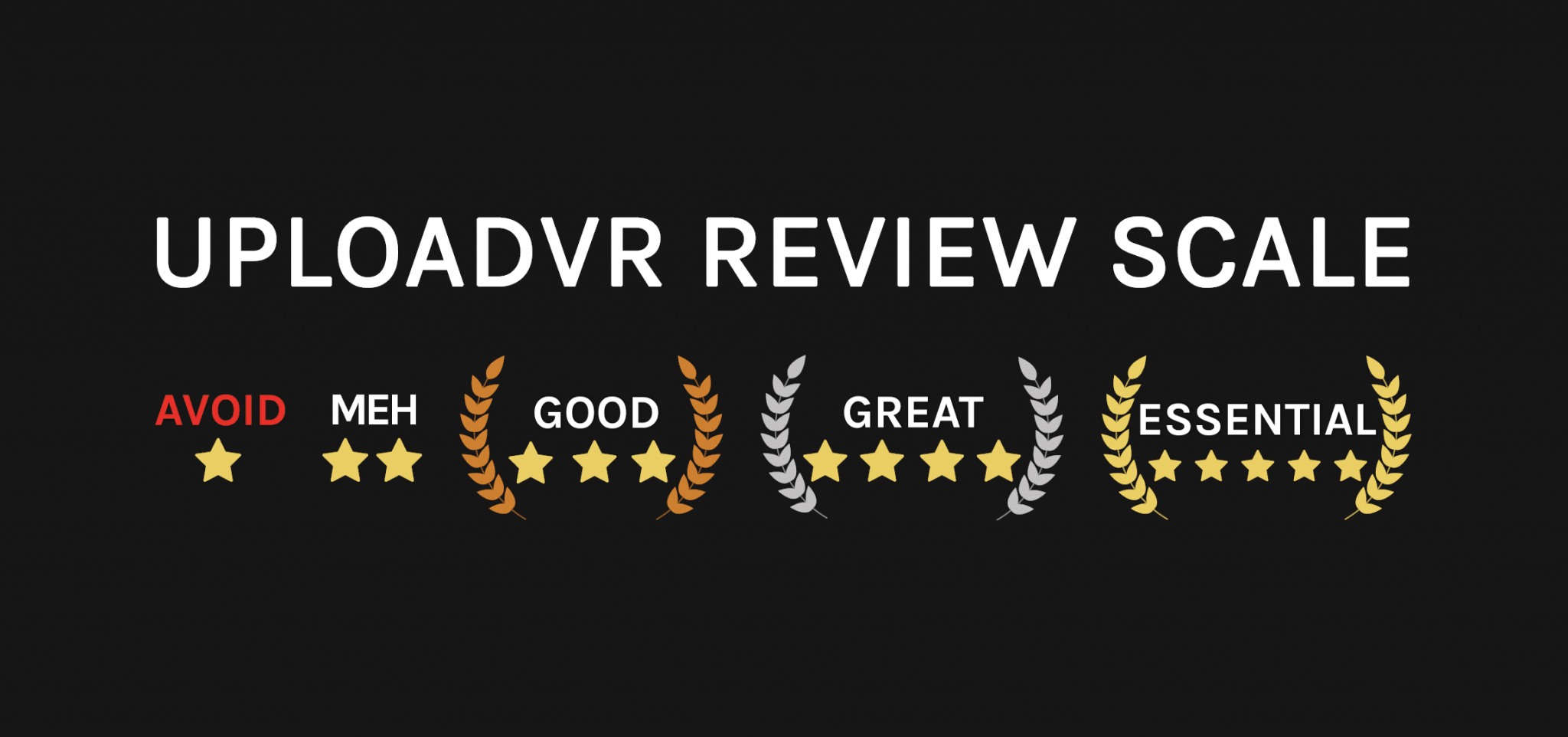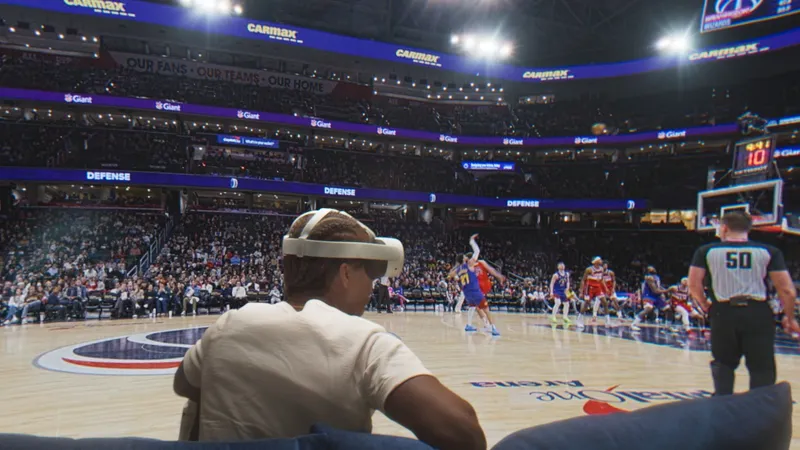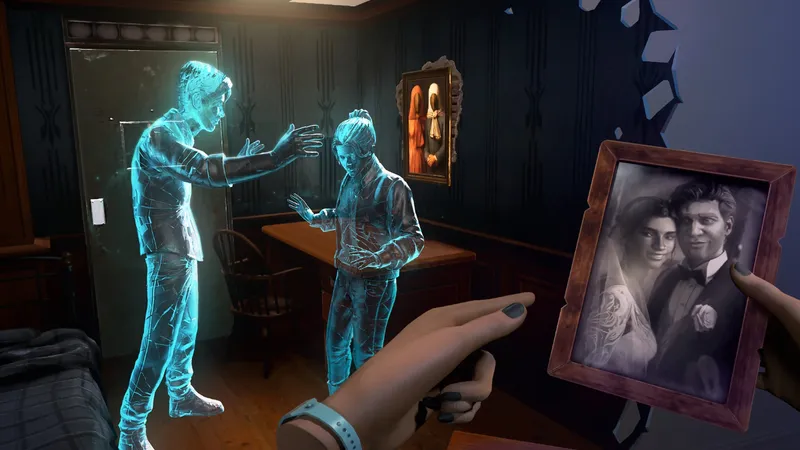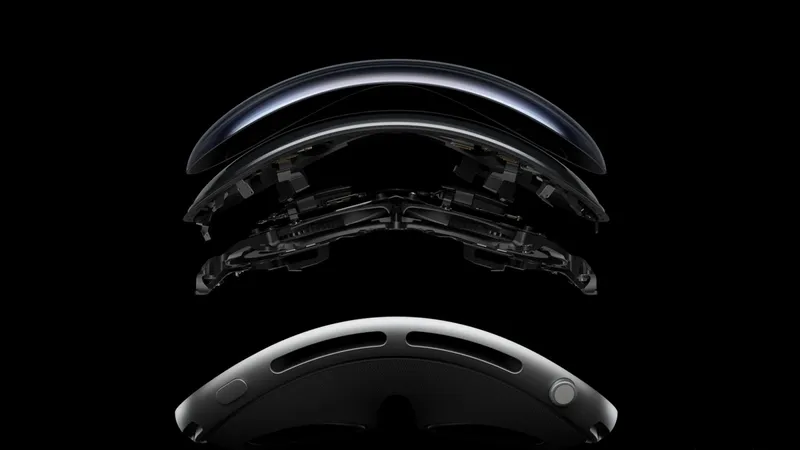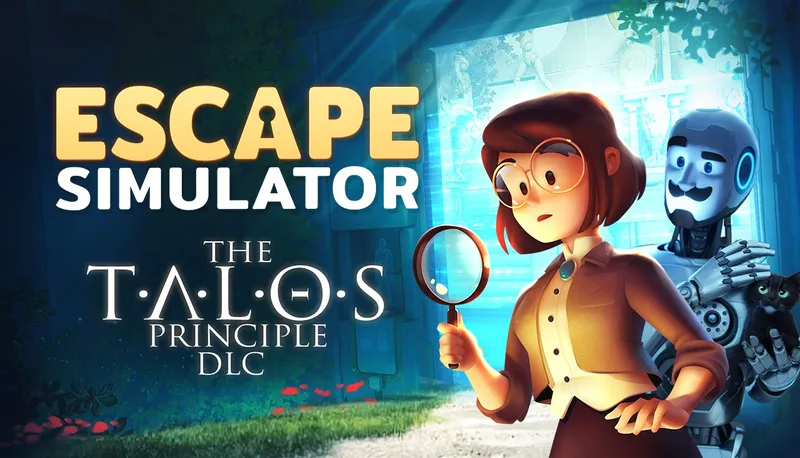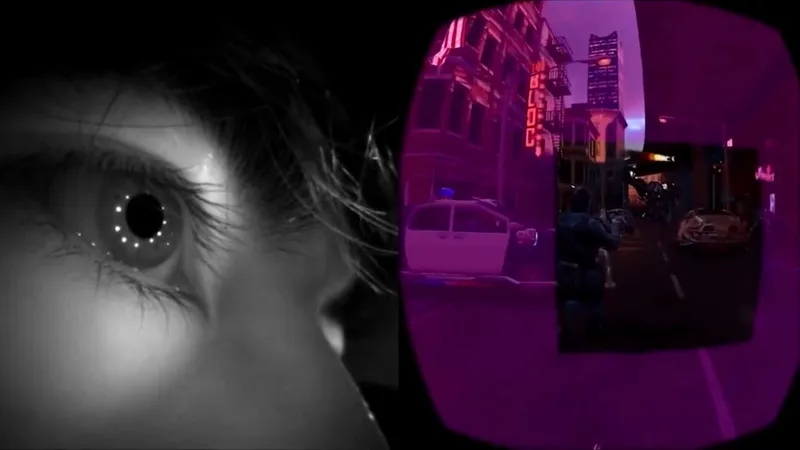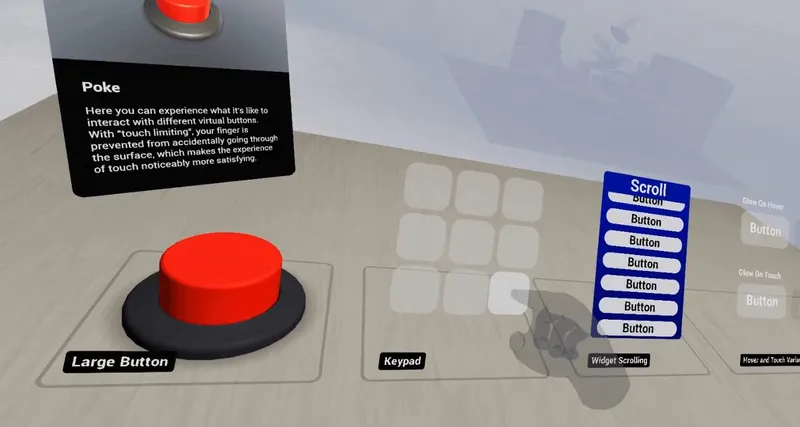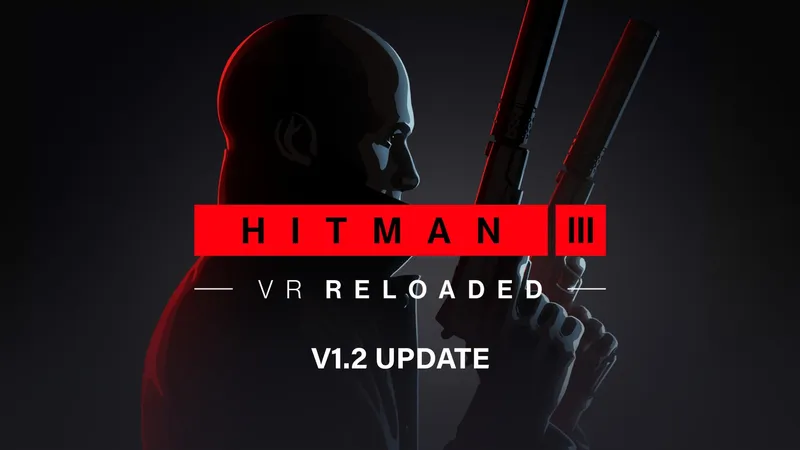Does id Software’s 2004 shooter hold up 17 years on inside VR? Find out in our Doom 3: VR Edition review!
So, here we are – nine years after John Carmack showed Doom 3 running in VR on a prototype Oculus Rift at E3. It may not have landed on that headset, but id Software’s horror shooter is finally available on in VR for the first time.
Well, officially available for the first time, at least.
In truth, Doom 3 has already enjoyed some great ports to VR headsets on PC and, more recently, the Oculus Quest. But this PSVR-exclusive edition from Freediver developer Archiact has the benefit of being officially sanctioned — and funded — by id and publisher Bethesda themselves. It’s a serviceable port, propped up by the ever-excellent PSVR Aim controller that delivers some gory thrills.
But, somewhat remarkably, Doom 3: VR Edition isn’t actually the best way to play the game in VR, let alone at all. Some of that comes from new design choices but it’s mostly due to the inescapable fact that Doom 3 was never really an ideal candidate for a port to headsets in the first place, storied as its history may be.
Platforms: PSVR
Release Date: March 29th, 2021
Developer: Archiact
Price: $19.99
Certainly, the VR Edition answers the call for more “content” in VR. The core of the experience is intact; it’s a full port of the 2004 original with both expansions included. Doom 3 offers a very different kind of hell to the 2016 reboot (and, by extension, the 2017 VR spin-off, Doom VFR). It’s still a fleet-footed shooter compared to other games but it’s a darker, moodier effort for Doom, with pitch-black corridors in which possessed soldiers and fleshy spiders patiently plan attacks from behind corners and hidden panels.
And it’s true that the haunting atmosphere, slower pacing and tighter corridors are better suited to VR than Doom 2016’s arena-based superheroic-action. Certain encounters really benefit from the added squeamishness – mostly when melee-based enemies try and rush you or the many, many times a monster leaps out from the shadows.
Now nearly 20 years old, Doom 3 is far from a scary game and it’s visuals have never looked older than in VR, but there’s a hint of heightened panic when a half-headed corpse takes a swing at you or a wall collapses to reveal a demon breathing down your neck. Holding some of the game’s weapons with the Aim controller is rightly empowering, and lighting up the darkness with the weapon-mounted flashlight carries an unmistakable Aliens-vibe.
But, even with the comparison to the most recent games in the series considered, Doom 3 is a game built around the speedy movement and the zippy turning afforded by a PC and mouse setup – two factors that don’t complement VR design. Even on flat screens this is a dizzying game; you quickly come to learn that, if you can hear an enemy, there’s a good chance it’s spawned right behind you.
Diminishing returns of this repeated trick aside, the constant spinning and back-pedalling away from approaching demons doesn’t feel great inside a headset. It doesn’t help that turning around relies on your controller’s analog sticks and not your physical movements.
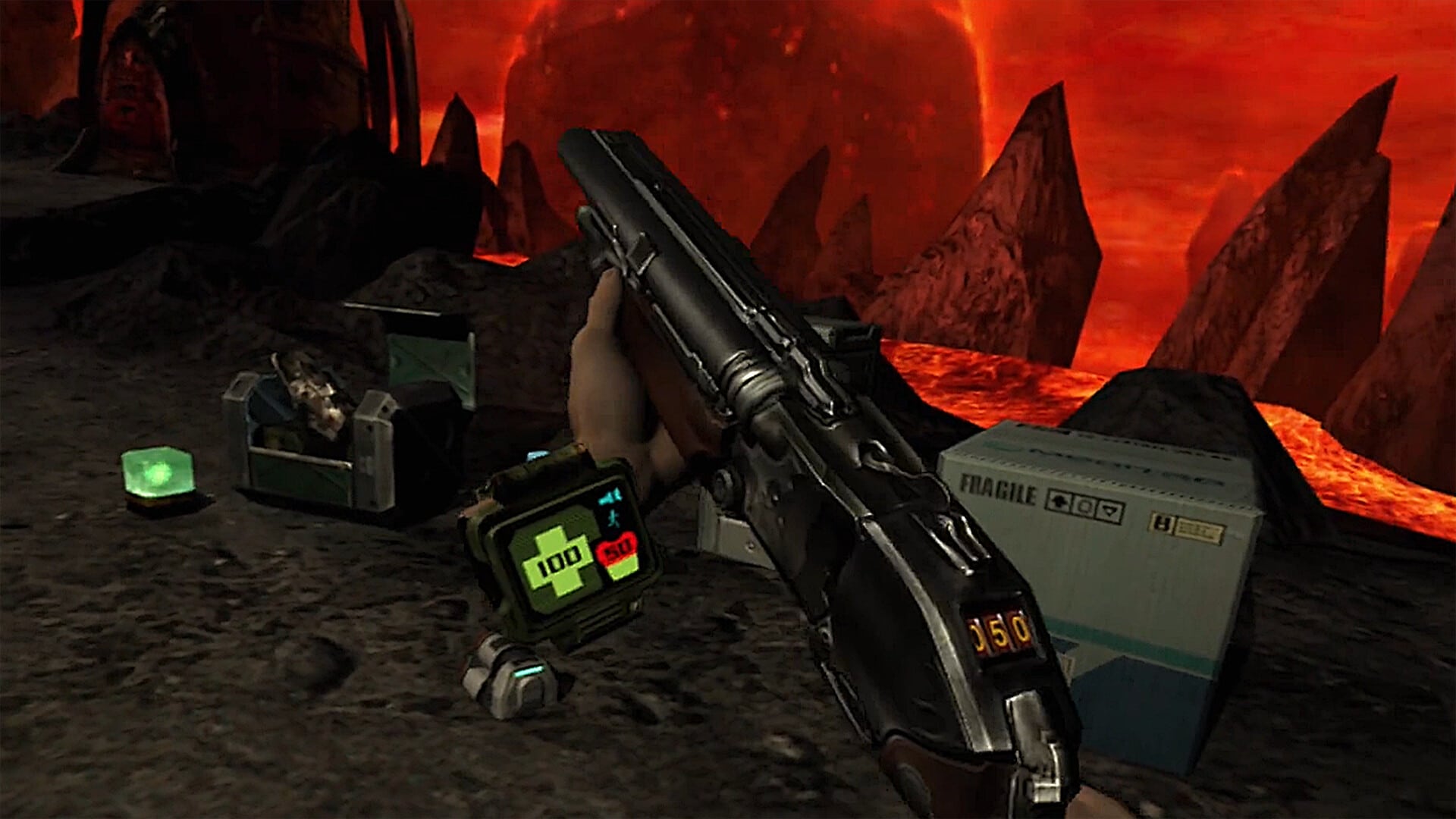
Going beyond the initial comfort concerns (suffice to say this is a very intense experience with little in the way of options), the game’s pacing and controls are at odds with VR’s core strengths. It’s the antithesis of a game like Farpoint, something that very knowingly laid its action out in front of the player and even made sure enemies crawled back into view should they go off-camera. Flawed as it was, even Doom VFR’s remixed content and body-bursting telefragging (essentially a bloody means of teleporting) was further along for VR development in 2017.
Doom 3, on the other hand, goes against many of the core tenants of engaging VR design in this regard and proves that what works well on a flatscreen doesn’t always translate to well to VR. There’s nothing uniquely ‘physical’ about its combat – no need for stopping behind cover and leaning out to take pot shots as the game’s designed around dodging attacks with fast-paced moment. Don’t worry about lining up the sights on your Aim controller, as effortlessly firing from the hip more than gets the job done. Just turn your brain off, hold the stick forward to sprint towards enemies, point the gun in their general direction and pull the trigger. Rinse and repeat.
Doom 3 is an incredible intense experience in terms of VR comfort. The game is smooth locomotion only and moves quicker than many other shooters out there, with enemies constantly approaching from behind. You can adjust the increments of the optional snap turning and add a vignette when moving, but even as someone that hardly ever gets sick in VR, this wiped me out after a while. Playing seated will give you the best chance of avoiding nausea.
Again, with a keyboard and mouse in-hand, that proved an addictive loop, but it doesn’t hold up as well inside PSVR. Bethesda had success instilling some sense of immersion into the open-world exploration and active combat of 2017’s Skyrim VR, where swinging your swords and aiming arrows felt in-step with the platform. On the flipside, Doom 3: VR Edition does little to place your body inside its world. It inherently remains a PC shooter crammed into a headset – an exciting 3D viewing experience more than it is a truly immersive piece of VR world-building that convinces you that you’ve stepped into another reality.
For some, that’ll be more than enough. After all, with 11+ hours of linear, story-driven content in the core game alone, this is exactly what many VR owners have been pining for. But to say Doom 3 feels like anything more than the equivalent of VR junk food when stacked up next to better, native shooters would be doing them a disservice.
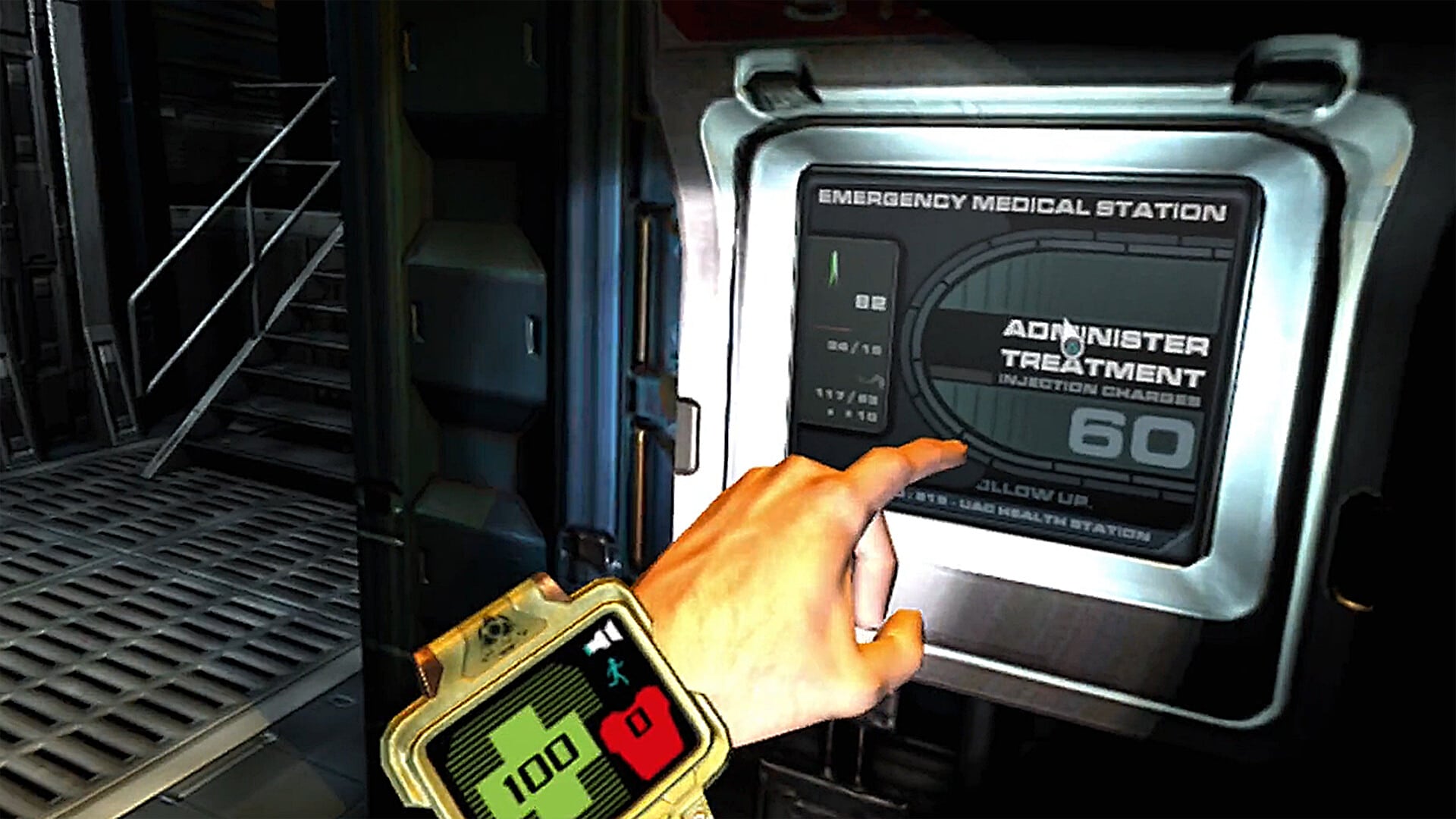
Problems persist looking beyond the core foundation, too. Scaling in Doom 3: VR Edition is completely off, for example. The game’s NPCs look tiny, as if you could reach out and squish their heads like grapes. Environmental details like chairs look like miniature models and doors and walls appear strangely smaller than they should. It’s not something that’s easy to show you, as it all looks as it should on a flatscreen, but you’ll quickly notice it once you pull the headset over your eyes. Doom 3: VR Edition delivers a different kind of BFG; it turns you into a Big F**king Giant.
The strangest thing about this is that it isn’t as much of an issue in TeamBeef’s recent mod of Doom 3 for Oculus Quest (though it’s still not 100% there). In fact the overall polish of that mod and the number of options it gives the player — to be frank — goes beyond Doom 3: VR Edition. True, Archiact has been able to implement ammo counters into weapon grips, but laser sights are mandatory on some weapons, all cutscenes play out in virtual 2D windows, as does interacting with the PDA from the pause menu, and operating panels is done with a mouse-like point and click aiming. On Quest, laser sights can be customized, cutscenes can play in full 3D (a 2D option is there too), the PDA can be used while in the game world and you’re able to reach out and press buttons on panels as if you were there. Truthfully I’m not crazy about either version of the game but, if you can play it there, the Quest mod is the better option.
Motion control support varies by the weapon, too. Using the classic shotgun (and, later, the immortal Super Shotgun) is an immensely satisfying experience with the PSVR Aim Controller, but for some reason the standard machine gun is placed far higher than you’re holding it in real life. Try and aim down the sights and you’ll just be sticking your head in the butt of the gun and the weapon model is in the way at all times. I suspect the idea is to reduce fatigue by not having your arms held up to your head every few minutes, but the permanent laser-sight fitted to the gun means you don’t need to do that anyway. Oddly enough the last time I had an issue like this was with Doom VFR – you can see it in the GIF below.
Cycling through weapons, meanwhile, is painfully slow and there’s no weapon wheel for quick selection. Plus the game uses your manual saves as checkpoints with a handful of moments in which it will autosave. It really breaks up the flow of VR to be heading into the menu to save every few minutes after finishing encounters you don’t want to repeat and it’s a shame there’s no quick save feature to keep the gameplay flowing.
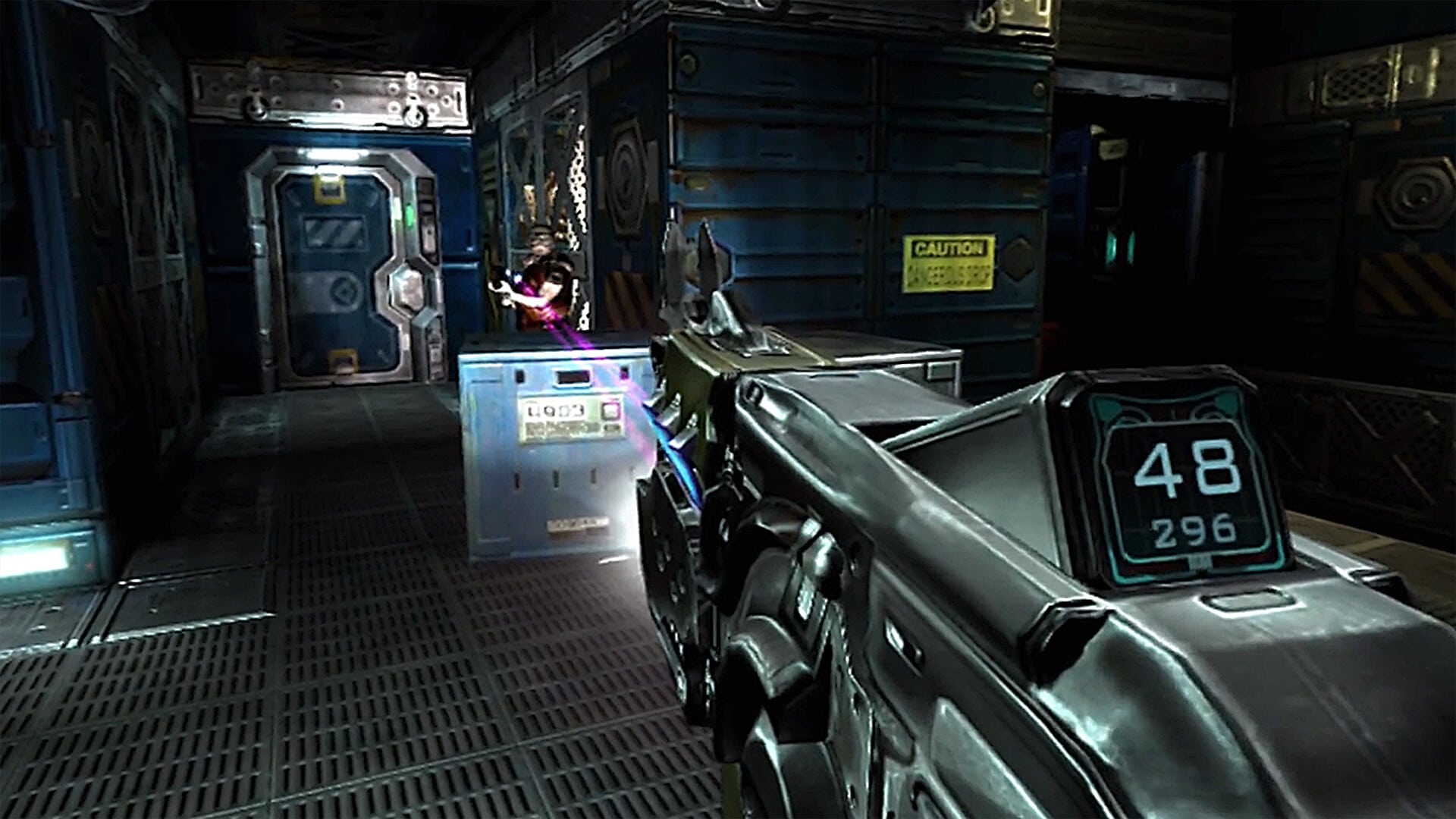
Doom 3: VR Edition Final Impressions
Doom 3: VR Edition is a serviceable port of a decent shooter that was never intended to be played in VR. While there’s undeniable novelty to seeing id’s spookier take on the series realised in full 3D and some combat sequences do work better inside the headset, the game’s unable to separate itself from its flatscreen foundations and never plays to the platform’s real strengths. It’s a bit of VR junk food, then; easy to digest and enjoyable while it lasts but, in the grand scheme of VR gaming, you can do a lot better. Maybe it’s time we accepted Doom’s demonic antics are best left on our PCs and consoles.

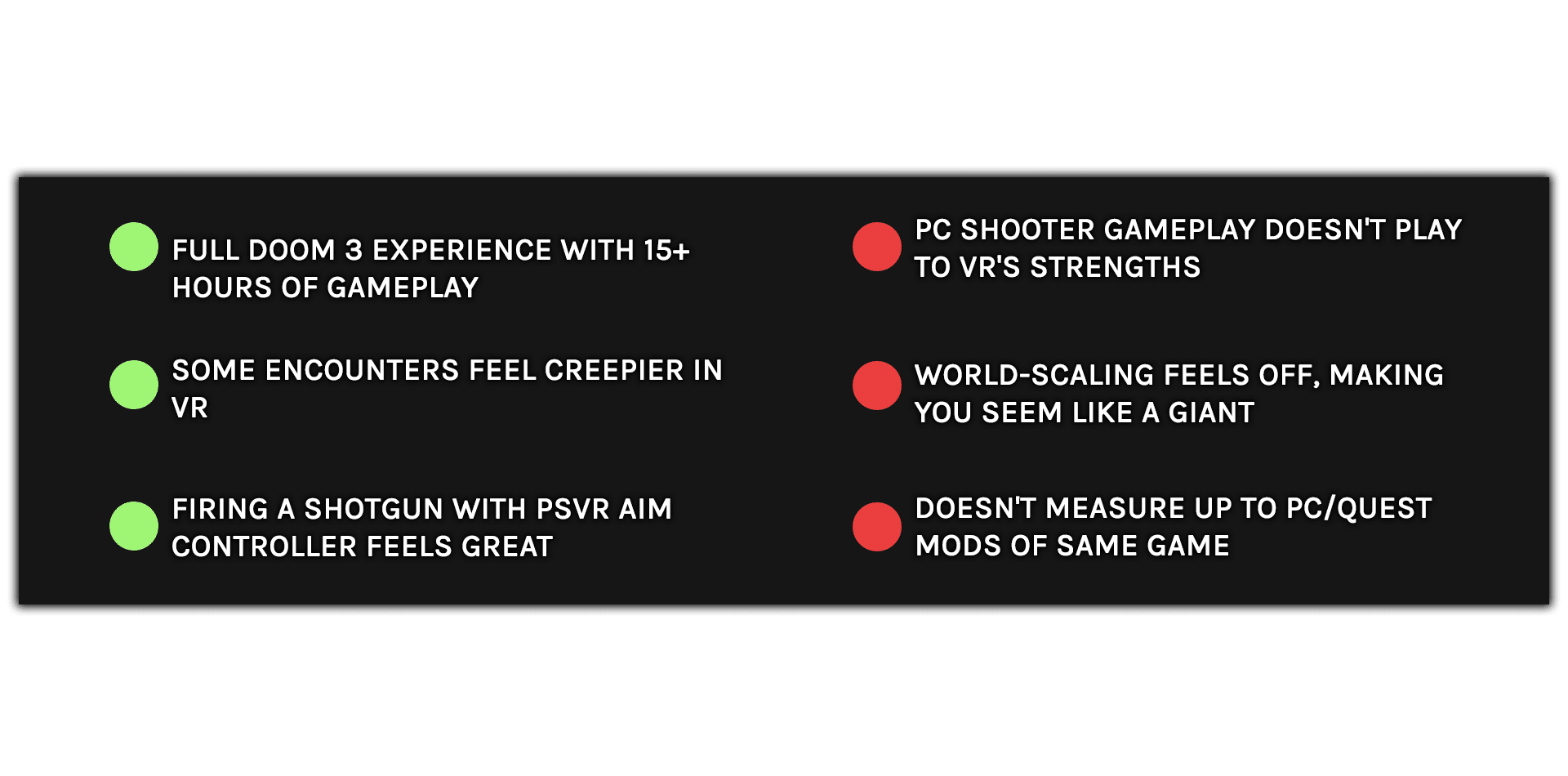
For more on how we arrived at this score, read our review guidelines. What did you make of our Doom 3: VR Edition review? Let us know in the comments below!
